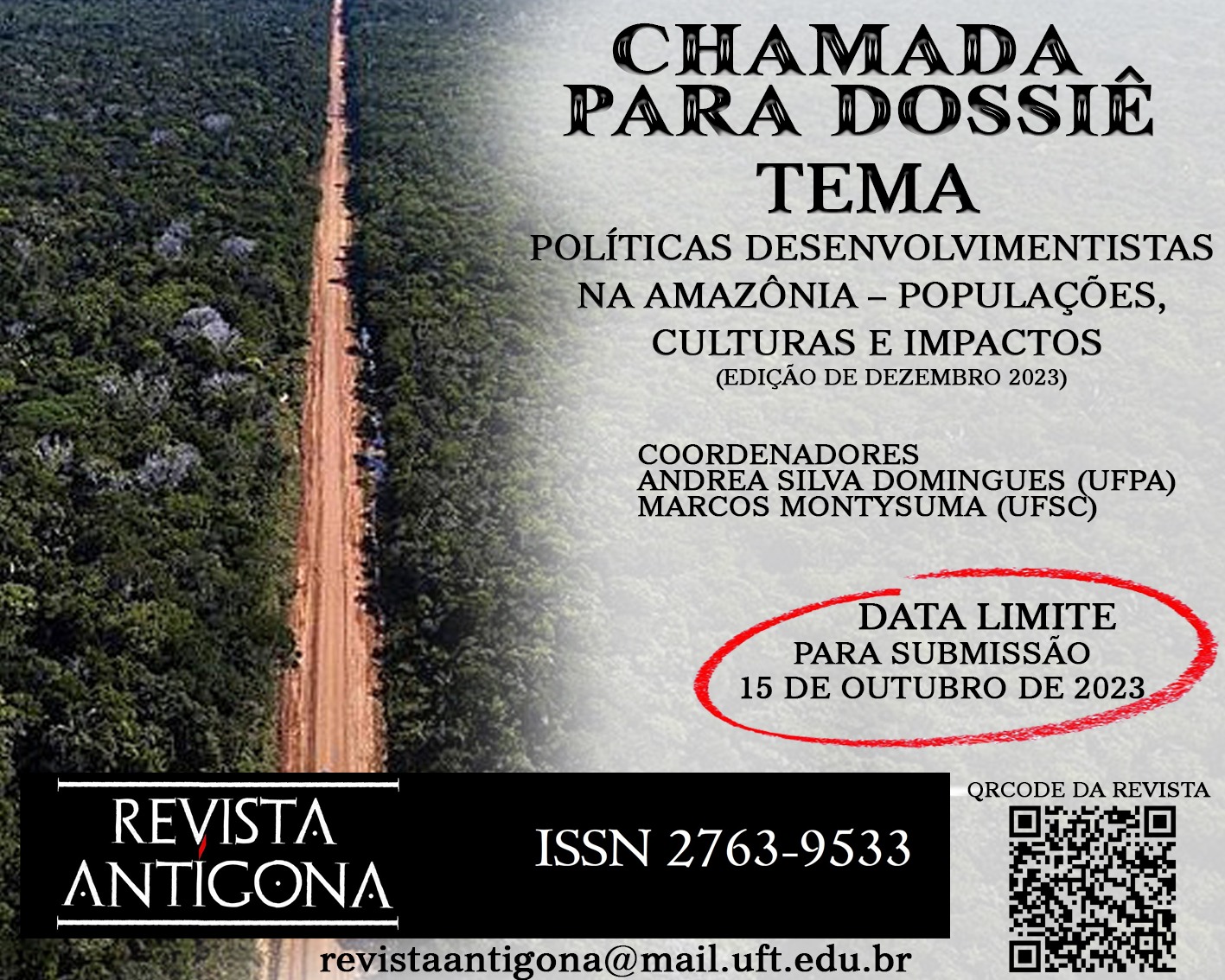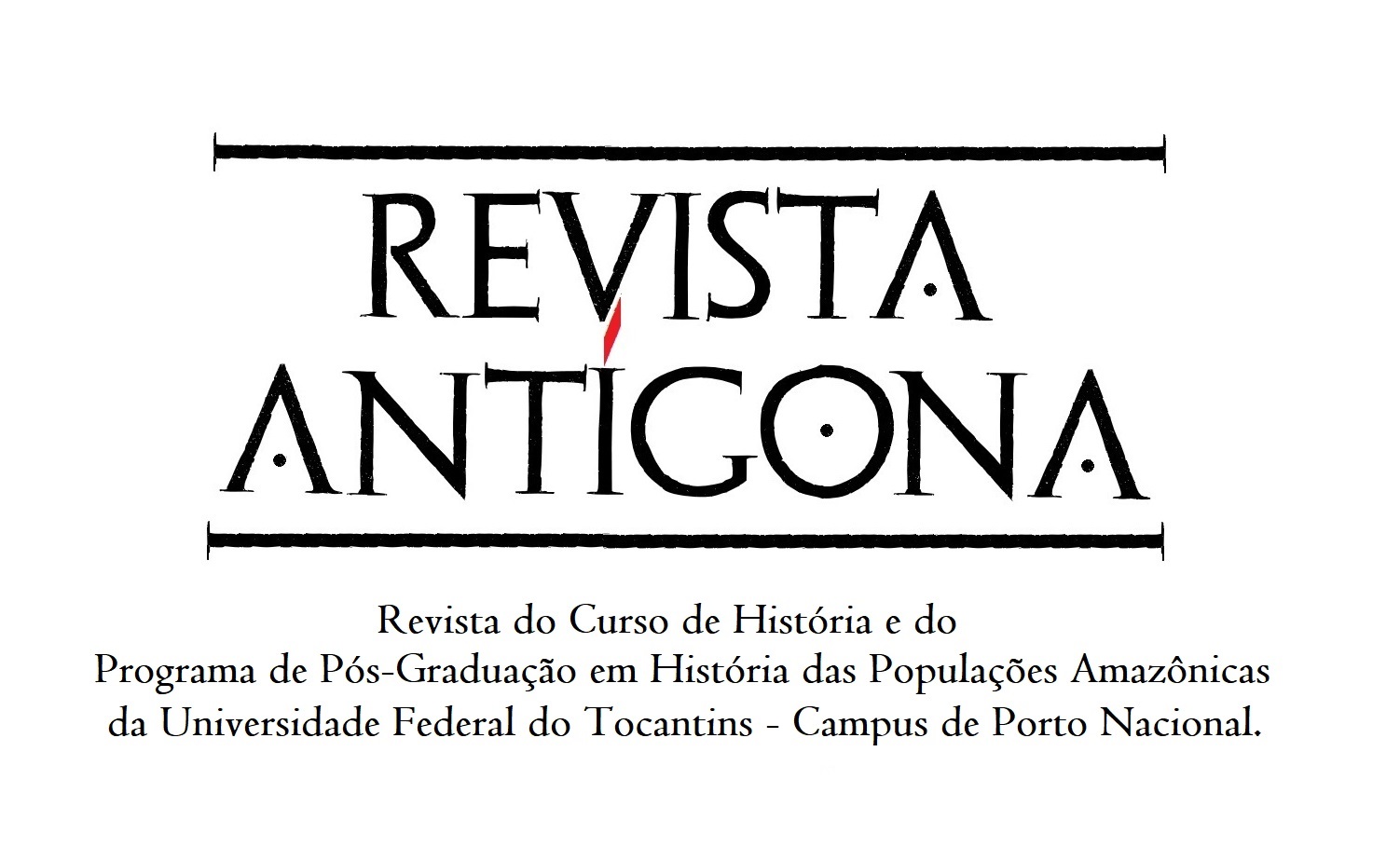REPRESENTAÇÕES DIVERGENTES DA AMAZÔNIA E SUA UTILIZAÇÃO PARA JUSTIFICAR PRÁTICAS ESTATAIS DURANTE O SÉCULO XX
DOI:
https://doi.org/10.20873/uft.2763-9533/2023.2.5Palavras-chave:
Amazônia, representação, desenvolvimento regional, Primeira República, Era Vargas, tempo históricoResumo
Ao analisarmos as políticas federais voltadas para a Amazônia brasileira durante a primeira metade do século XX, podemos notar que o discurso político produzido a seu respeito, pelo centro do poder nacional, dá uma guinada de 180 graus quando ocorre a mudança da ideologia dominante através da Revolução de 30. Passa-se então de um atitude segregadora, que deslegitima os anseios amazônicos para a tentativa de construção de um país integrado, através de um discurso que exalta as qualidades dos espaços vazios do interior. A Primeira República e a Era Vargas enxergam e pensam a Amazônia de forma muito distinta e a análise de como a Amazônia é compreendida nesses dois períodos faz com que sejam percebidas rupturas significativas, mas também continuidades na forma como o país atuou sobre a região desde o começo do século XX até a década de 1960. A relação Brasil-Amazônia passa de uma interpretação inteiramente negativa da região, consolidada durante o período de descentralização política da Primeira República, para uma representação reimaginada e reconfigurada a partir da Era Vargas, mas que continua além dela, o que leva até o espaço amazônico uma inédita política de valorização regional, implementada no início da década de 1950.



